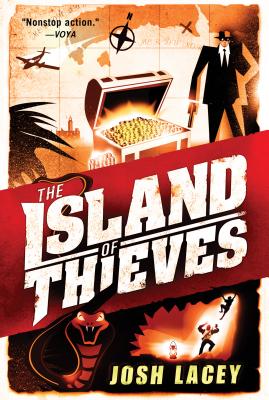
description
e future, imagine a boot stamping on a human face--forever.' Nineteen Eighty-Four (1949), George Orwell's final novel, was completed in difficult conditions shortly before his early death. It is one of the most influential and widely-read novels of the post-war period, and has been a huge international bestseller over many decades. Continually in print, it has long been controversial, both in its immediate Cold War context and in later history. It is in some ways a realist novel, but in others is more akin to a work of science fiction, a dystopia or a satire. It also has strong affiliations to Gothic in its plotting, motifs and affective states. Full of horror and terror, it contains prophetic dreams and a central character who thinks of himself as a 'monster', a 'ghost' and 'already dead'. Like Frankenstein and Dracula, it is fascinated by the power of a documentary remnant addressed to an unknown reader.
member goods
No member items were found under this heading.
Return Policy
All sales are final
Shipping
No special shipping considerations available.
Shipping fees determined at checkout.







